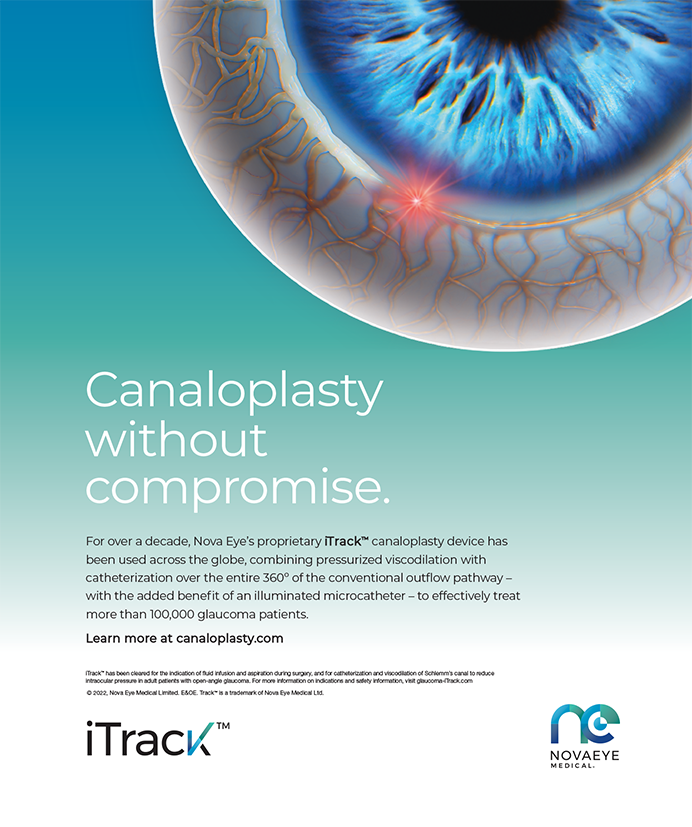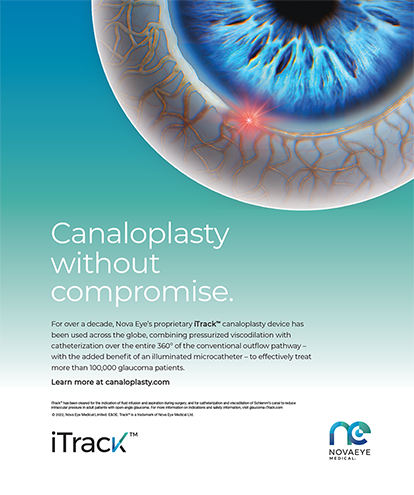Ophthalmology has come far since the first postapproval Array multifocal IOL was implanted in the United States in 1997. In those days, candidacy for a multifocal IOL was defined by the patient’s answers to two simple questions, as famously phrased by Howard Fine, MD:
1. Would it be of benefit to you if we could implant a lens that would reduce or eliminate your need for glasses?
2. Would it bother you if that lens were associated with halos around lights at night?
A “yes” to the first question and a “no” to the second meant the surgeon should proceed. That was the extent of the specific evaluation for a multifocal IOL’s implantation.
Today, preoperative evaluations include tear film analysis, corneal topography, wavefront analysis, anterior and/or posterior segment optical coherence tomography (OCT), and an in-depth interview or a formalized qualitative or quantitative questionnaire regarding the patient’s lifestyle choices, refractive goals, and degree of perfectionistic thinking. Macular OCT not only helps with preoperative counseling, but it also assists with the education of patients and their postoperative care.
PREOPERATIVE SCREENING
A simple misstep during the preoperative evaluation can negate the considerable effort ophthalmologists put into IOL power calculations, their surgical technique (see Success With Presbyopia-Correcting IOLs), and astigmatic correction (see Correcting Preexisting Corneal Cylinder). Aspheric multifocal IOLs are complex optical devices; they function well as long as the cornea, macula, optic nerve, and brain work well. A breakdown anywhere in the optical or neurological system can lead to dissatisfaction on the part of the patient and the surgeon.
For these reasons, imaging of the macula with spectral domain OCT represents an emerging standard in the care of cataract and refractive patients who are candidates for multifocal IOLs. A finding that may increase postoperative dysphotopsia (eg, an epiretinal membrane) or reduce postoperative contrast sensitivity (eg, retinal pigment atrophy) suggests a relative contraindication for the implantation of a multifocal IOL.1 In these cases, patients may still do quite well with a toric or accommodating IOL, but they will likely have to accept some dependence on spectacles, at least for reading small print or doing fine work at near.
PATIENTS’ EDUCATION
Another great advantage of posterior segment OCT (PS-OCT) is its ability to graphically and dramatically demonstrate pathological findings to patients. Thanks to our implementation of electronic medical records, my colleagues and I have a large screen in every examination room. This allows us to display full-color, highresolution images of the macula to patients that demonstrate the impact of an epiretinal membrane, macular drusen, or cystoid macular edema (CME). Patients express appreciation and understanding when I point out the findings on the screen and explain how they affect vision (the same can be said of optic disc imaging in glaucoma). In the critical area of communication and counseling, show and tell with PS-OCT gives me a distinct advantage.
POSTOPERATIVE COUNSELING
A fear of encountering dissatisfied patients postoperatively continues to prevent many surgeons from offering presbyopia-correcting IOLs. When their UCVA is not as expected and patients express dissatisfaction, my goal becomes accurate diagnosis. Many factors may explain the situation, including residual refractive error, a poor-quality tear film, irregular astigmatism, tilting or decentration of the IOL, posterior capsular opacification, vitreous floaters, and CME. Imaging studies (including corneal topography, anterior segment OCT, Scheimpflug photography, and PS-OCT) can help differentiate the various pathophysiological particulars.
Trace, subclinical CME can reduce patients’ contrast sensitivity during the early postoperative period, and it warrants a more intense anti-inflammatory regimen. Particularly in today’s environment of generic topical medications and absent pharmaceutical samples, surgeons must be alert to the efficacy and safety of the various available medications. PS-OCT has become the standard for diagnosing CME. I greatly prefer this noninvasive imaging option to fluorescein angiography, which I reserve for doubtful cases.
CONCLUSION
In our practice, my colleagues and I perform PS-OCT only when indicated. Patients are billed if there is a corresponding medical diagnosis for which the test is indicated (eg, epiretinal membrane).
PS-OCT has made a dramatic entry into anterior segment surgery. At the 2010 annual meeting of the ASCRS, 60% of attendees at a joint symposium sponsored by the Retina and Cataract Clinical Committees stated that they were currently using OCT for preoperative imaging of the macula prior to cataract surgery. PS-OCT represents an emerging standard of care and an invaluable diagnostic modality.
Mark Packer, MD, CPI, is a clinical associate professor at the Casey Eye Institute, Department of Ophthalmology, Oregon Health and Science University, and he is in private practice with Drs. Fine, Hoffman & Packer, LLC. He is a consultant to Abbott Medical Optics Inc. and Bausch + Lomb. He is a consultant to and holds equity in TrueVision Systems, Inc., and WaveTec Vision. Dr. Packer may be reached at (541) 687-2110; mpacker@finemd.com.
- Sunness JS, Rubin GS, Applegate CA, et al.Visual function abnormalities and prognosis in eyes with age-related geographic atrophy of the macula and good visual acuity.Ophthalmology.1997;104(10):1677-1691.


